- Write by:
-
Saturday, March 6, 2021 - 6:17:28 PM
-
629 Visit
-
Print
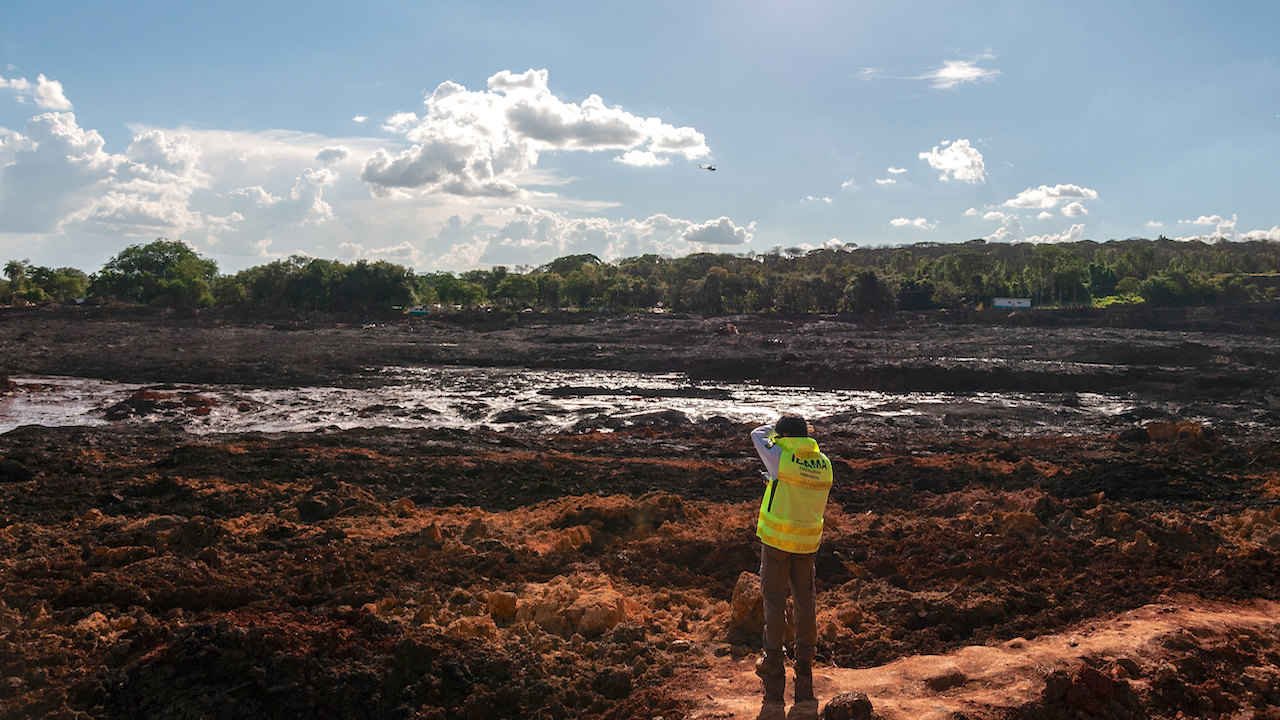
Mining News Pro - The most widespread type of dam used to store mine waste is nearly twice as unstable as the average tailings facility, a global study showed on Friday, highlighting the risk of so-called “upstream” construction techniques that some countries have banned.
Concern over tailings dams intensified after the deadly collapse of Vale’s Brumadinho upstream facility in January 2019.
Some 10% of all the facilities surveyed had reported a stability issue, the authors found, but that figure jumped to 18.3% for active upstream facilities.
The volume of mine waste worldwide is projected to grow 26% over the next five years according to company disclosures analysed in the study published in Scientific Reports, one of Nature’s open-access journals.
The disclosures requested by the Church of England and Swedish Council on Ethics cover 1,743 tailings facilities, representing an average 36% of current global commodity production.
A new global tailings standard launched last year stopped short of banning upstream dams.
But investors, banks, insurers and local communities are unlikely to support their construction given elevated risks, said Adam Matthews of the Church of England Pensions Board and one of the study’s authors.
“I think you’ll find enormous scrutiny,” he said.
Around one-fifth of dams built in the last decade have been upstream, the study found.
Cheaper to build, they are more dangerous because their walls are constructed over a base of muddy mining waste rather than on solid ground. Chile, Peru and Brazil have banned the structures.
But globally, the use of alternative technologies such as “dry stack”, or de-watering, to reduce risks has stayed static between 3% and 6% since 1970, the study found.
“For a long time the mining industry has been able to treat tailings as an externality and the incentives weren’t there to take up innovations to manage tailings differently,” said Daniel Franks, lead author and professor at the University of Queensland.
“Now that it’s become a strong concern for investors, governments, and society, there’s a real opportunity to embrace reform.”
The study called for further investor engagement with non-responsive companies, including privately-owned or state-owned miners.
Short Link:
https://www.miningnews.ir/En/News/611706
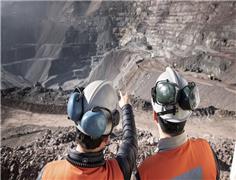
Anglo American Plc said it is has received an unsolicited non-binding combination proposal from BHP Group.
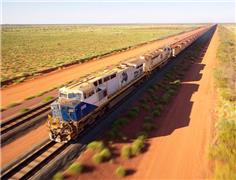
Australia’s Fortescue on Wednesday logged a larger-than-expected decline in third-quarter iron ore shipments, following ...
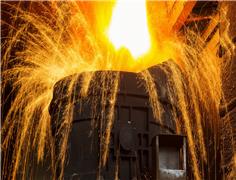
Iron ore futures prices ticked lower on Monday, weighed down by diminishing hopes of more stimulus in top consumer ...

Chile’s SQM called another investors meeting at the request of its second-largest shareholder, Tianqi Lithium Corp., ...
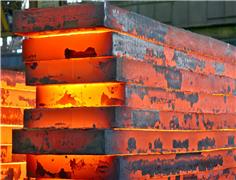
Iron ore futures prices drifted higher on Thursday as the latest soft data from top consumer China triggered renewed ...
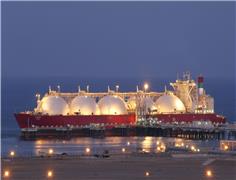
Vitol Group confirmed that it’s starting to rebuild a trading book for metals after a long stint out of the market, with ...
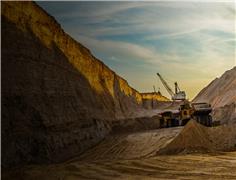
Australia’s Fortescue said on Monday it would form a joint venture with OCP Group to supply green hydrogen, ammonia and ...
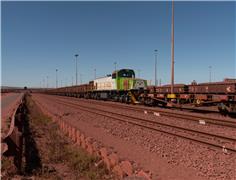
Iron ore reversed direction after dropping to its lowest level in 10 months as optimism that the country’s economic ...
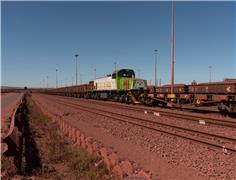
Iron ore reversed direction after dropping to its lowest level in 10 months as optimism that the country’s economic ...
No comments have been posted yet ...